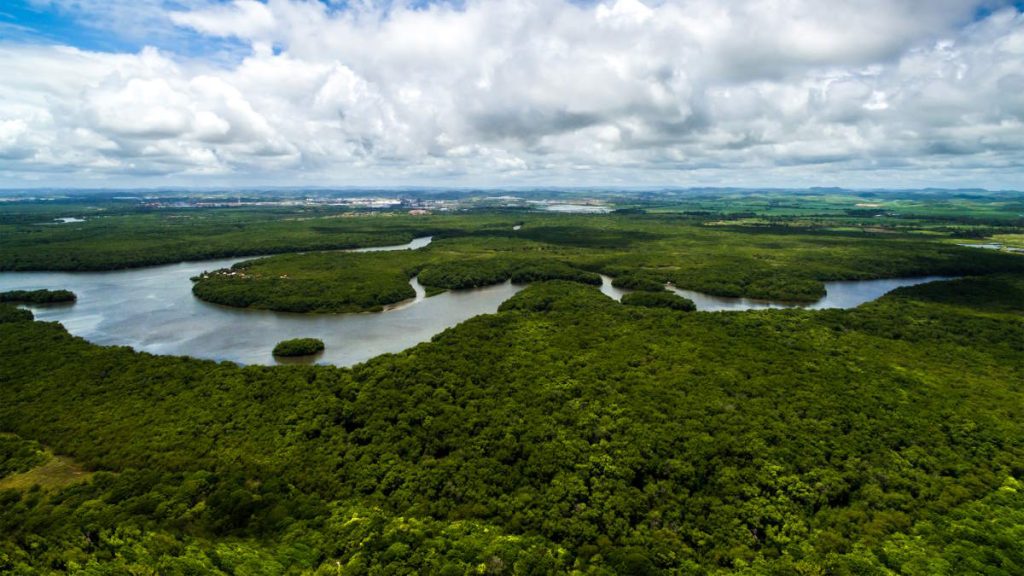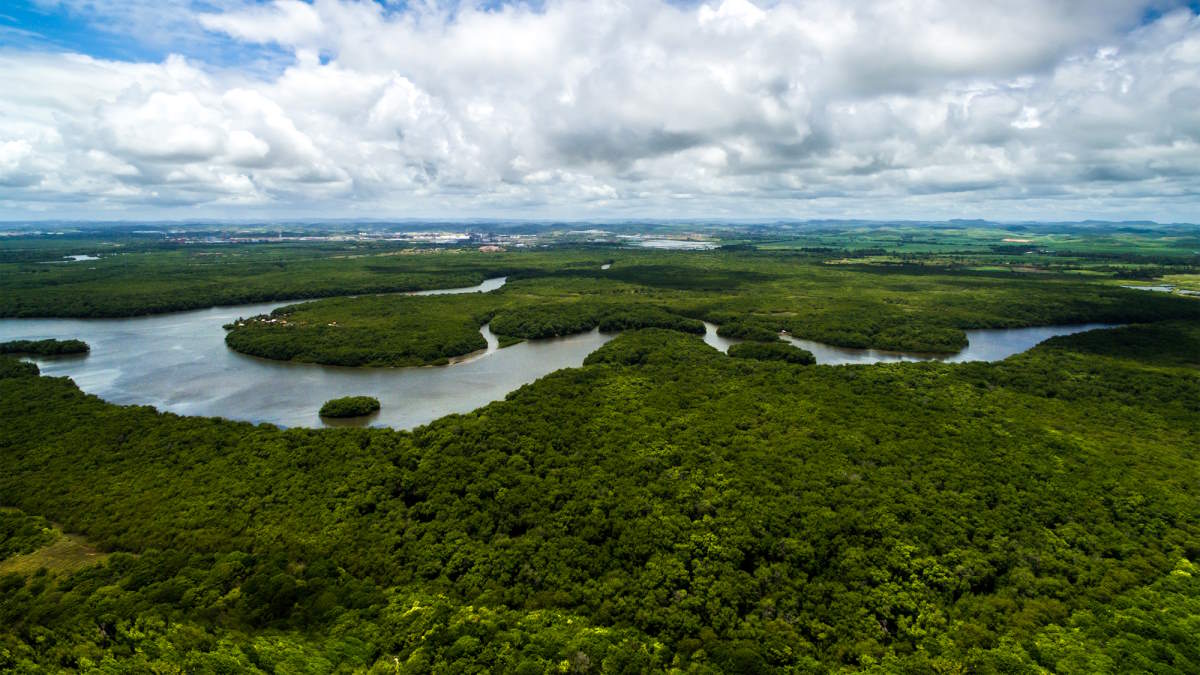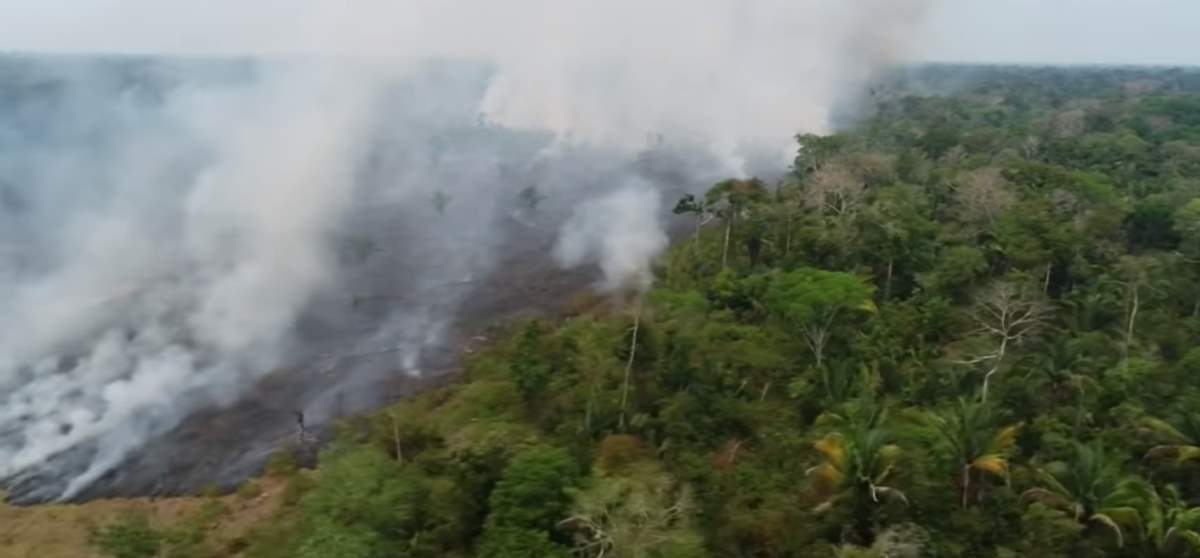A persistent myth surrounding the Amazon rainforest, that it contributes a whopping 20% of the world’s oxygen, is a considerable overstatement. While this impressive figure has been quoted by numerous media outlets, politicians, and celebrities, recent scientific examinations have challenged its validity. Yet, despite not being the world’s “lungs,” as it’s often described, the Amazon rainforest is undeniably vital and warrants our unwavering protection.
Oxygen Production: Facts and Misconceptions
The notion that the Amazon rainforest produces a fifth of the world’s oxygen lacks physical feasibility. Earth systems scientist Michael Coe explains that the amount of carbon dioxide in the atmosphere, a critical input for photosynthesis, isn’t adequate to yield such a significant proportion of global oxygen.
Refined calculations by Yadvinder Malhi, an ecosystem ecologist at Oxford University, offer a more grounded estimate. Malhi suggests that tropical forests account for approximately 34% of land-based photosynthesis, and given its size, the Amazon rainforest may contribute half of this. Thus, the Amazon may be responsible for about 16% of the oxygen produced on land, or 9% when considering the oxygen generated by oceanic phytoplankton.
But it’s essential to remember that trees also consume oxygen. Through a process called cellular respiration, trees transform the sugars they accumulate during daylight into energy, requiring oxygen to power this conversion. After sundown, in the absence of photosynthesis, trees become net oxygen absorbers. Amazon’s myriad microbes likely consume the remainder of the oxygen produced. Therefore, the Amazon rainforest’s net contribution to the oxygen we breathe is approximately zero.
What Produces Earth’s Oxygen?
Oxygen on Earth is produced primarily through two processes: photosynthesis and photolysis.
- Photosynthesis: This is the primary source of oxygen. In this process, green plants, algae, and cyanobacteria absorb sunlight and carbon dioxide to produce glucose and oxygen. The equation for photosynthesis is as follows: 6CO2 + 6H2O + sunlight → C6H12O6 + 6O2 The oxygen is released back into the atmosphere, and the glucose is used for energy or stored for later use.
- Photolysis: This process occurs when ultraviolet radiation from the sun splits apart oxygen-containing molecules in the atmosphere, such as water (H2O) or carbon dioxide (CO2), to produce oxygen (O2). However, the amount of oxygen produced by photolysis is much smaller compared to photosynthesis.
While photosynthesis is responsible for nearly all of the oxygen in the atmosphere, a small amount is also produced by photolysis. Additionally, some oxygen is produced by geological processes, such as the breakdown of minerals containing oxygen. However, these sources are relatively minor compared to photosynthesis.
It’s also worth noting that a significant portion of the oxygen produced through photosynthesis is done by phytoplankton in the oceans.
The Critical Role of the Amazon Rainforest

Although the Amazon may not serve as the world’s oxygen factory, its importance to our planet is indisputable. Here are several reasons why we must strive to protect it:
- Climate Change Mitigation: In its pristine state, the Amazon plays a significant role in absorbing carbon dioxide from the atmosphere, acting as a massive “air conditioner” that helps cool our planet. This function is crucial in combating climate change.
- Rainfall Stabilization: The Amazon influences the rainfall cycles in South America. Any significant alteration to its ecosystem could have severe consequences on the region’s climate patterns and agriculture.
- Biodiversity Haven: The Amazon rainforest hosts an unparalleled array of life. Its biodiversity exceeds that of any other terrestrial ecosystem, providing habitat to countless animal and plant species. This ecological richness is under threat from climate change and deforestation.
- Indigenous Peoples’ Home: The Amazon is home to numerous indigenous communities, whose livelihoods and cultures are intricately linked with the forest. They have a deep understanding of the rainforest’s ecology, often acting as its most effective stewards.
The Importance of Correct Understanding
The myth that the Amazon rainforest contributes 20% of the world’s oxygen has been perpetuated for decades. Likely arising from the forest’s contribution to land-based photosynthesis, it has slipped into the public consciousness as a hard fact. However, while debunking this myth is necessary for accurate understanding, we mustn’t let it downplay Amazon’s significance.
Although the Amazon might not be the physical “lungs of the world,” it certainly qualifies as a metaphorical pair, especially considering its essential role in the planetary ecosystem. The rainforest’s value extends beyond oxygen production—it is a bulwark against climate change, a regulator of regional weather patterns, and a cradle of biodiversity. Despite the misconceptions, the imperative to protect the Amazon remains as pressing as ever.
Protecting the Amazon Rainforest: More Important Than Ever
Misunderstanding the Amazon Rainforest’s oxygen production role should not diminish its importance or the urgency of its protection. Its value in mitigating climate change, regulating weather patterns, and supporting biodiversity remains critical. As scientists continue to clarify the Amazon’s intricate role within our planetary ecosystem, one thing is clear: our efforts to preserve this incredible ecosystem must remain undeterred.
As a society, we must rise above the rhetoric and focus on the facts. The Amazon rainforest may not be the planet’s lungs in a literal sense, but its pivotal role in maintaining the health of our planet is undeniable.
Sources
- Amazon Rainforest on Wikipedia
- “Why the Amazon rainforest doesn’t really produce 20% of the world’s oxygen” on the National Geographic website
- Moon Landings: All-Time List [1966-2025] - February 2, 2025
- What Is Max-Q and Why Is It Important During Rocket Launches? - January 16, 2025
- Top 10 Tallest Rockets Ever Launched [2025 Update] - January 16, 2025


